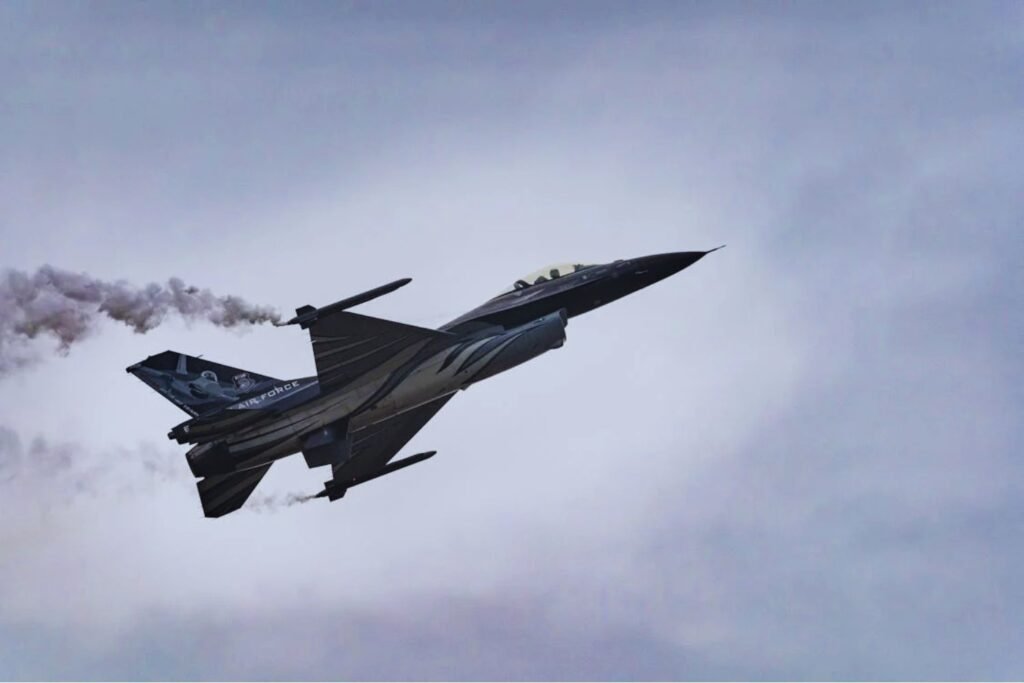The unexpected weapon: The Chinese missile that embarrassed Russian and Indian defenses

For the first time, a Chinese hypersonic missile was used in real combat… and it worked. Not only did it destroy a Russian S-400 defense system, but it also revealed that China may have technologically surpassed its competitors. This is what happened and why nothing will be the same again.
The destruction of the S-400: a game changer

According to reports, a Chinese drone launched two hypersonic CM-400AKG missiles — manufactured by China — against a Russian S-400 Triumf battery operated by India in Adampur, Punjab. The result was devastating: the S-400, considered one of the most advanced anti-aircraft systems in the world, was destroyed. This marked the first combat use of this type of weaponry and, for China, it was “the dawn of a new era in modern warfare.”
Additionally, the Pakistani military used the “man in the loop” mode, allowing human operators to adjust the target in real time.
The invisible network that wins wars
This allows China to operate from hidden positions, without risking the launch platforms.
Without openly stating it, Beijing has shown that its weapons not only compete with the West, but also surpass those of its partner Vladimir Putin.
The ABC system and Chinese air superiority

The key? The use of the ABC system: detection by ground radars (A), launch from fighter jets (B) and final guidance by early warning aircraft (C).
This technical difference, combined with the 145 km range PL-15E missiles, tipped the balance in favor of Pakistan.
Connected technology: the true Chinese power
Missiles, drones, radars, artificial intelligence, and satellite guidance work together with millimeter precision. This model could even compete with Link 16, the NATO standard.
In fact, the actions of the J-10C manufacturer rose by 30% after the announcement, and the topic dominated Chinese social media.
However, some experts warn that this kind of triumphalism could be dangerous. An open war in Asia would compromise the stability that China needs to face greater challenges. For now, Beijing celebrates… but also carefully measures its next steps.




